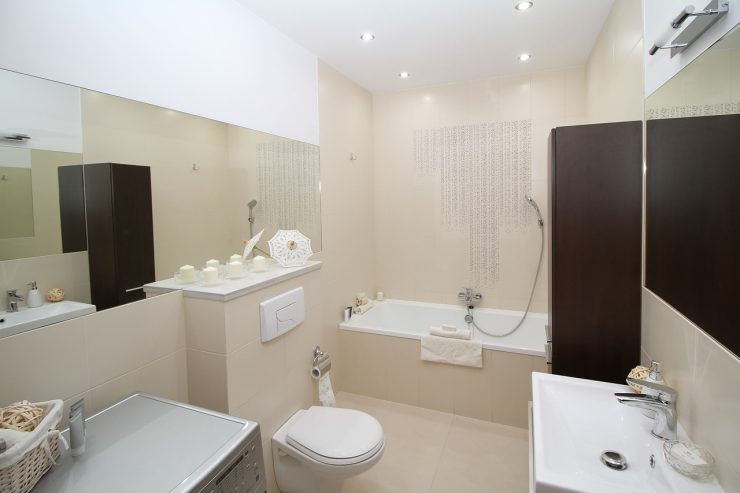What Your Pee Is Trying to Tell You About Your Health
Did you know that your pee can actually give you some pretty solid clues about what’s going on inside your body? Yup—it turns out that what you eat and drink doesn’t just affect your waistline or energy levels, but shows up in your urine too. It’s kind of like a little warning system when something’s off.
I came across this great article from my friends at The Alternative Daily, and I had to share it with you.
We’ve all heard “you are what you eat,” but don’t forget—you are what you drink too. Think about it: all those sodas, coffees, and glasses of wine don’t just disappear. Your body filters out the stuff it doesn’t need, and what’s left behind gets flushed out as urine.
So, what exactly is your pee trying to tell you?
Let’s start with color. If your urine is dark yellow, orange, or even a deep honey color, that’s your body waving a little flag saying, “Hey, more water, please!” And while a little foam is usually nothing to worry about, if your pee is super foamy often, it could mean you’re eating too much protein—or it might be a sign of kidney trouble.
Weird colors like green or blue? That could be from food dyes, meds, or even a rare genetic condition. If it sticks around, definitely check in with your doctor. Pink or red urine can sometimes be caused by things like beets, rhubarb, or blueberries. But if you haven’t eaten any of those and your pee’s still pinkish, it’s time to get checked for a UTI, kidney issue, or something more serious.
And don’t ignore the smell either. If your pee has a sweet scent, that could be a sign of diabetes. A strong or musty smell might point to a UTI or metabolic issue. Either way, if it smells off, it’s worth getting checked out.
Let’s Talk About Peeing Problems (Especially for the Ladies)
As we age, our bladders shrink. According to Dr. Yim Lik, a urogynecologist in Australia, women’s bladders can go from holding 500–600 mL at age 30 down to about 300 mL by age 80. Height matters too—shorter women tend to have smaller bladders.
This shrinkage can lead to more frequent bathroom trips and issues like urinary incontinence. Stress incontinence, for example, can make you leak a little when you sneeze or laugh, while an overactive bladder can make you feel like you need to go all the time. And although it’s more common in older women, even women in their 20s can deal with this.
There are solutions, though—like meds, pads, surgery, and even behavioral therapy. These days, more people are talking about it, which means better products and less embarrassment. Over-the-counter UTI tests and treatments are pretty easy to find too, which is great because women are more prone to UTIs (thanks to our shorter urethras).
Signs of a UTI or kidney infection include burning when you pee, pain under your ribs, fever, urgency, and the feeling that your bladder’s never really empty. If that sounds like you, don’t wait—see a doctor or grab a test.
And Yes—Girls Can Pee Standing Up
Okay, this might sound a little out there, but it’s true—girls can pee standing up. There are even products for it, like Go-Girl, Shewee, and pStyle. They’re basically little funnel-shaped devices that help aim your stream.
But believe it or not, with the right technique, you don’t even need a device. Skirt helps, undies off, knees bent, arch your back, and use your fingers to part your labia. That helps control the stream. Best to try it out over a toilet first—just in case. Once you get the hang of it, it’s a total game-changer for camping or sketchy public restrooms.
How to Pee Better for Better Health
Want healthier pee? Here’s what to keep in mind:
-
Drink plenty of water.
-
Limit coffee, soda, and alcohol.
-
Don’t hold it in—go when you need to!
-
Pay attention to changes in color, smell, and frequency.
-
If you pee standing up, using your hands instead of a device is usually cleaner.
-
And yes—wipe front to back. It might seem basic, but it’s a must for avoiding infections.
Speaking of wiping—over-wiping can cause irritation, and if you feel like you need to wipe a ton, it might mean you’re not drinking enough water or getting enough fiber. According to Dr. Anish Sheth (author of What’s Your Poo Telling You?), you should really only need to wipe a couple of times.
Also, skip the scented wipes and sprays down there. They might feel nice, but they can mess with your pH balance and actually make things worse.
So yeah, your pee is more than just waste—it’s a health indicator. Pay attention to it, stay hydrated, don’t be shy about bathroom breaks, and if something seems off, don’t wait—check it out.











